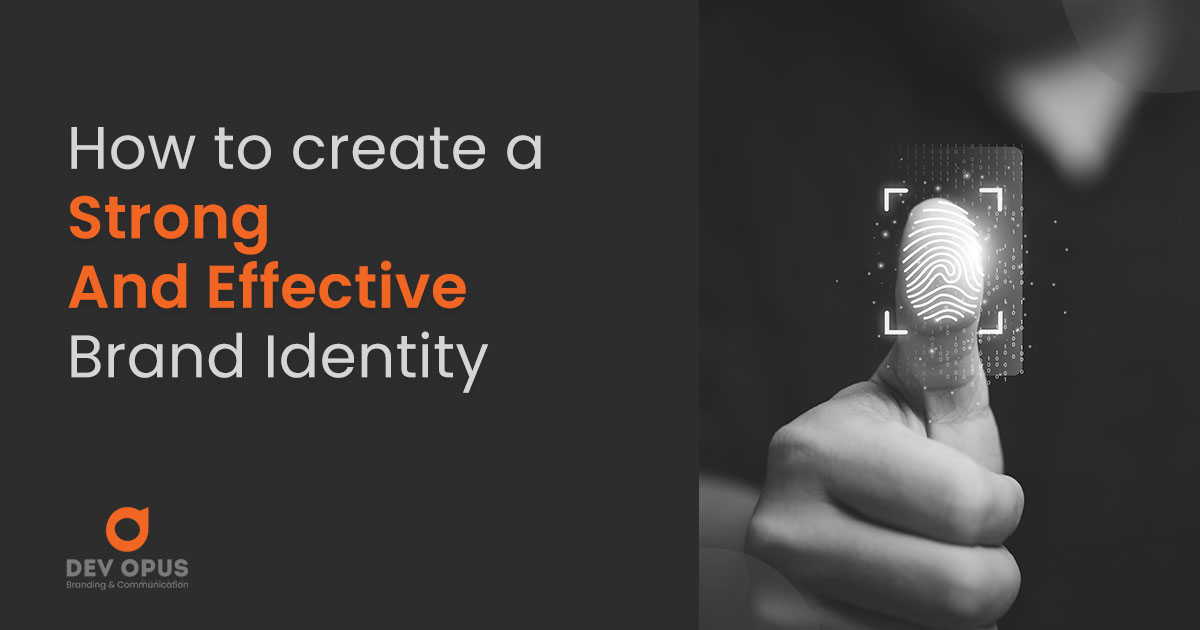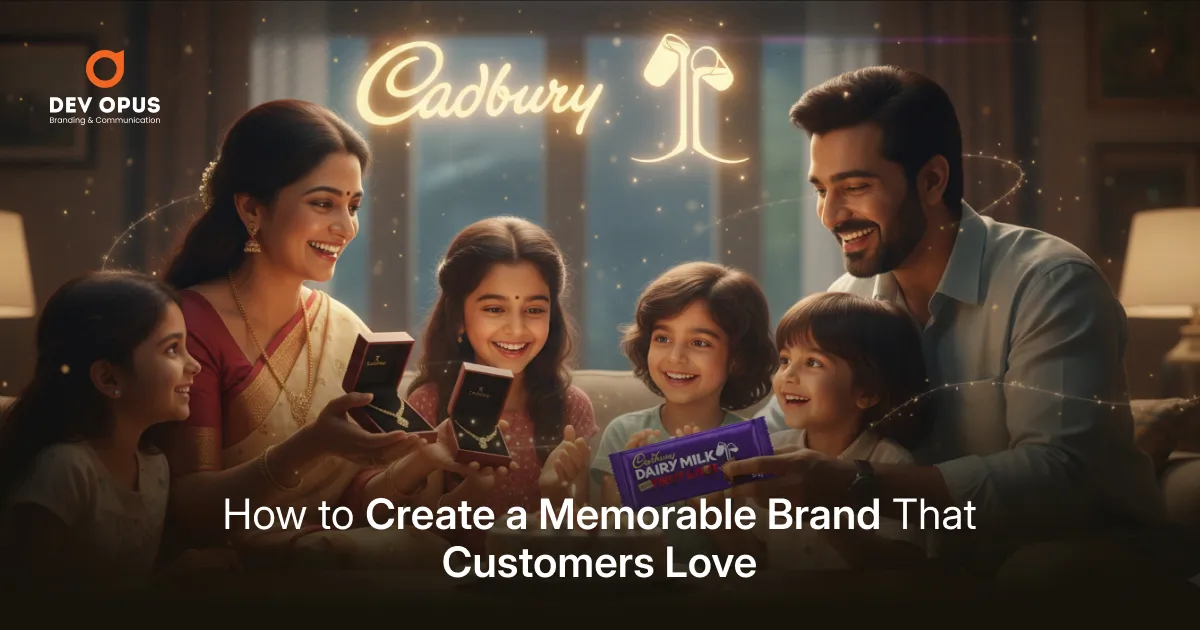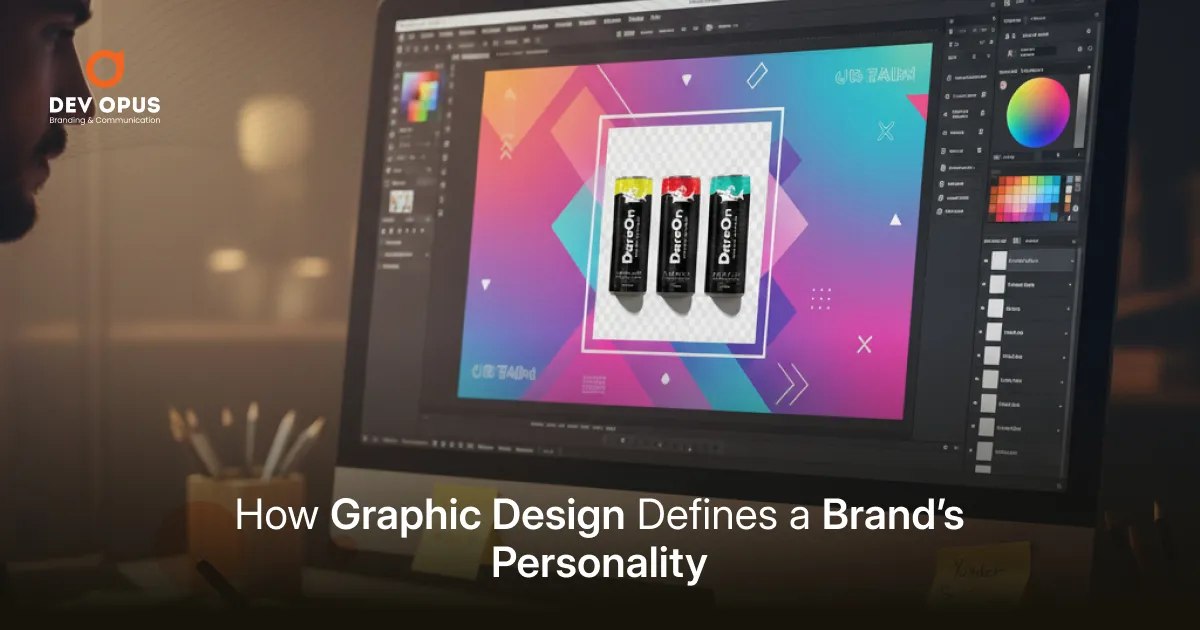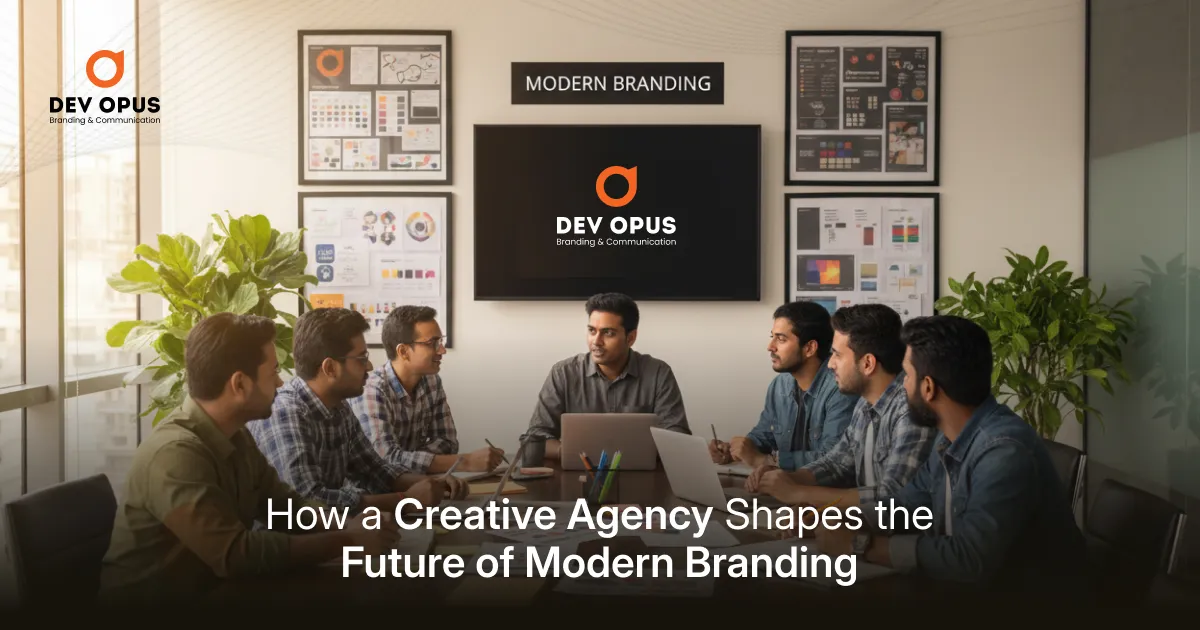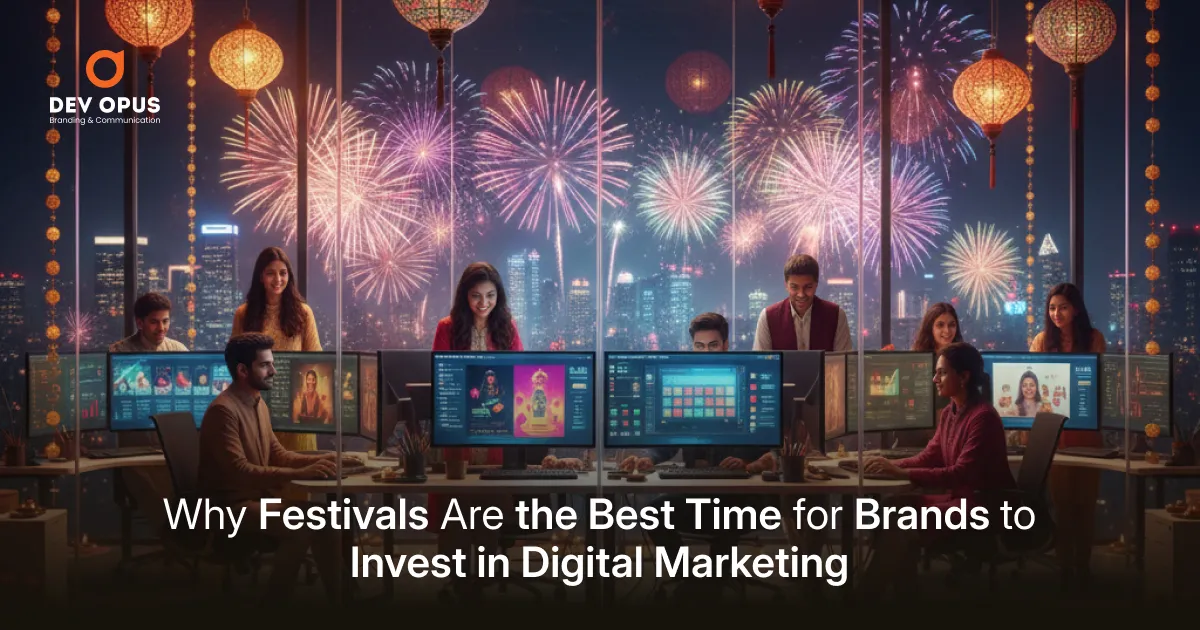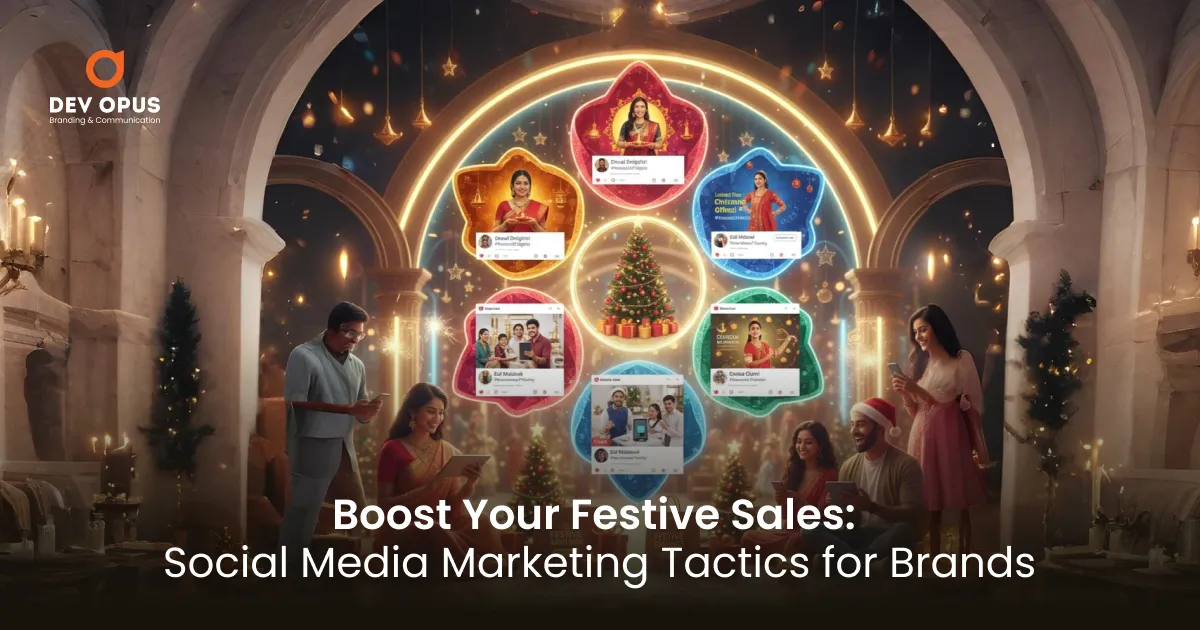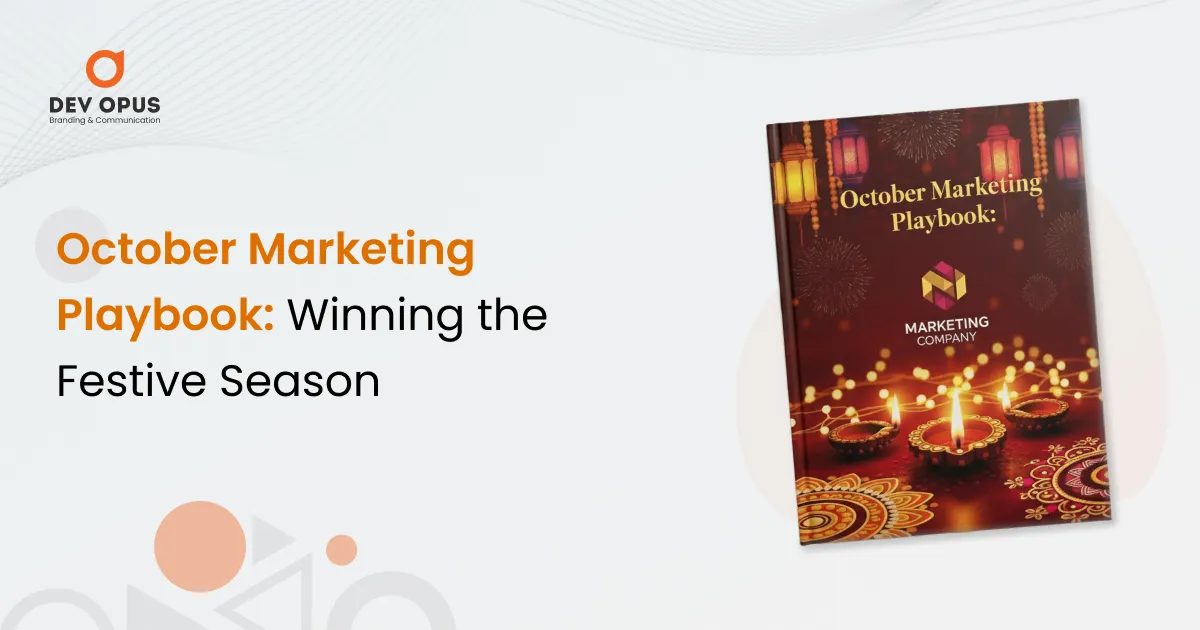Consistency is very important for the Brand image. When you think of Macdonalds, the color Yellow comes to mind, and if you see all across their outlets, the same color yellow is very prominent. The proper use of color psychology is very common for every successful brand.
Your brand message should be clear, consistent, and easy to understand. It should communicate your brand’s values, what it offers, and the benefits it provides to your target audience. Develop a unique selling proposition (USP) that differentiates your brand from competitors.
Once you’ve developed your brand identity, test it with your target audience to see how they respond. Use their feedback to refine and improve your brand message, visuals, and voice over time.
In conclusion, creating a strong and effective brand identity takes time and effort, but it is essential for business success. By defining your brand values, developing your brand message and visuals, and creating a consistent brand voice, you can create a brand identity that resonates with your target audience and sets your business apart from competitors. Contact Dev Opus today for creating a brand strategy that would totally resonate with your audience!




